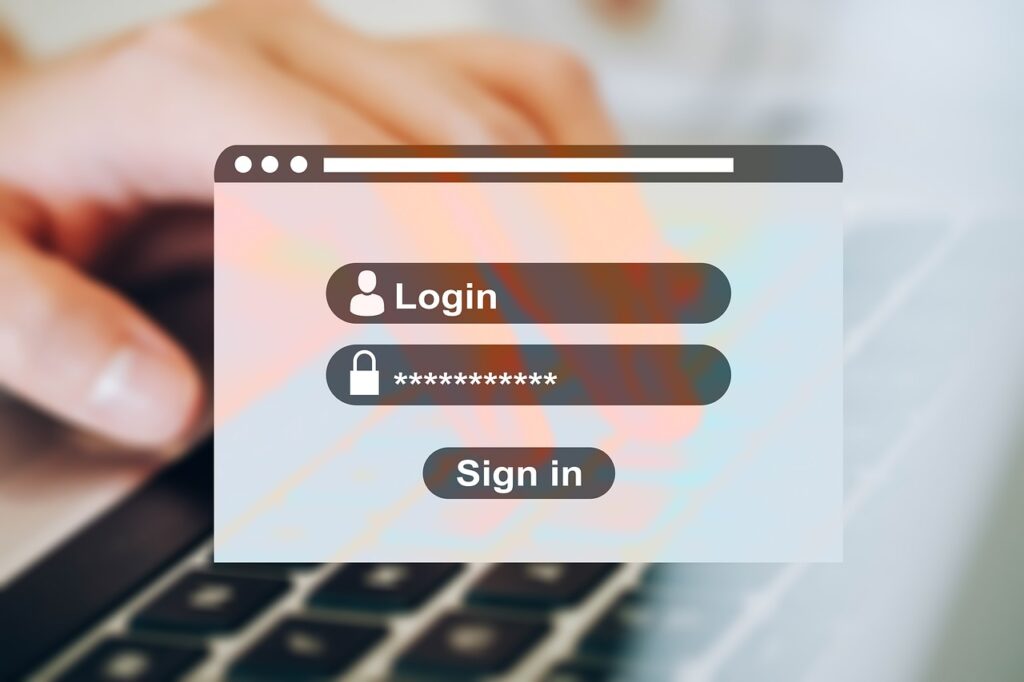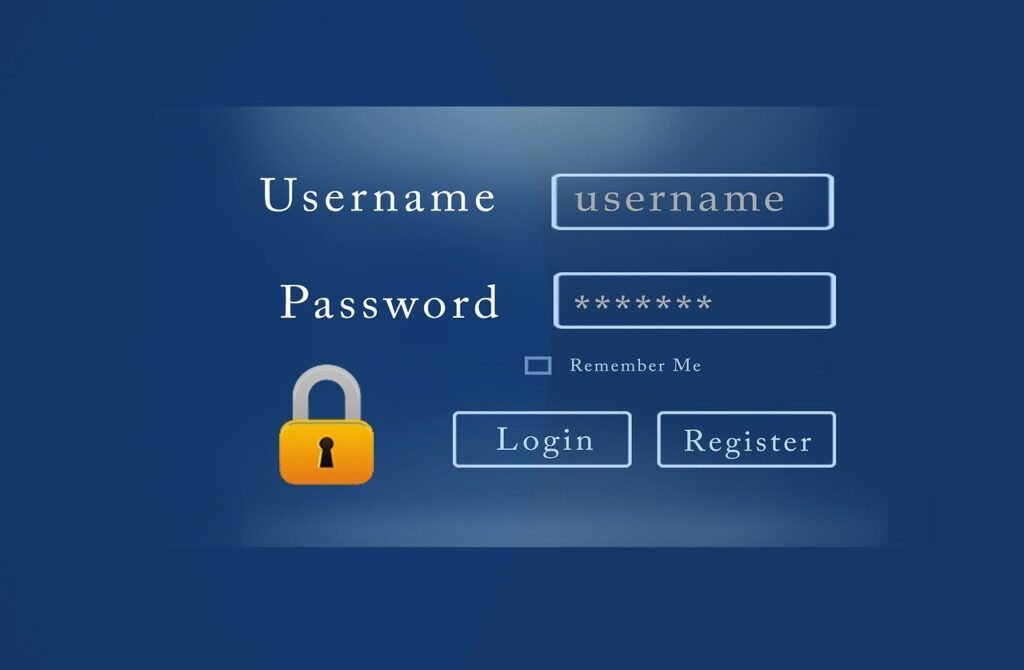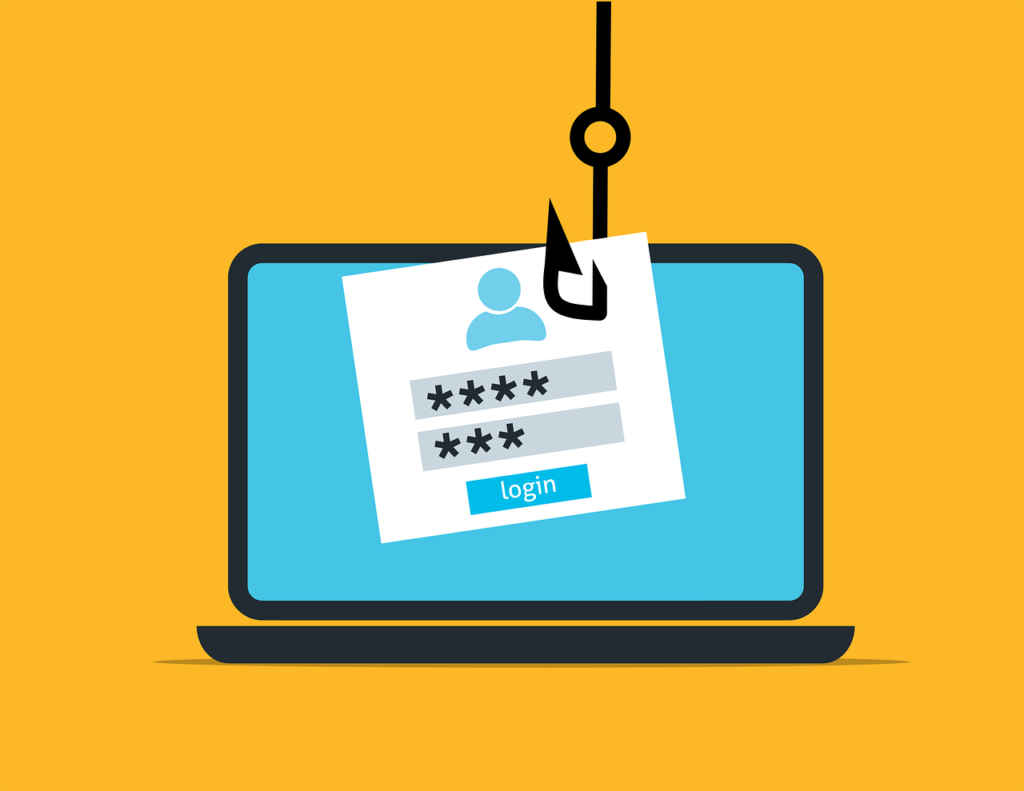
What is The Best Practice For Creating Passwords?
The best practice for creating passwords involves a combination of length and complexity. A longer password generally provides more security because it increases the number of possible combinations, making it harder for attackers to guess or crack. However, complexity is also crucial; using a mix of uppercase and lowercase letters, numbers, and special characters can significantly enhance security.
Consider these tips when creating passwords:
1- Length: Aim for at least 12 characters or more. Longer passwords are harder to crack.
2- Complexity: Use a mix of uppercase and lowercase letters, numbers, and special characters (@, !, #, etc.).
3- Avoid Common Patterns: Avoid easily guessable patterns like “123456” or “password.”
4- Avoid Personal Information: Don’t use easily accessible personal information like your name, birthdate, or common words.
5- Unique Passwords: Use different passwords for different accounts to prevent a domino effect if one gets compromised.
6- Passphrase: Consider using a passphrase – a sequence of words or a sentence – as it’s easier to remember and can be more secure than a short, complex password.
7- Password Manager: Consider using a reputable password manager to generate and store complex passwords securely.
Remember, while complexity and length are important, it’s also crucial to use unique passwords for different accounts to prevent a breach in one service compromising all your other accounts.



